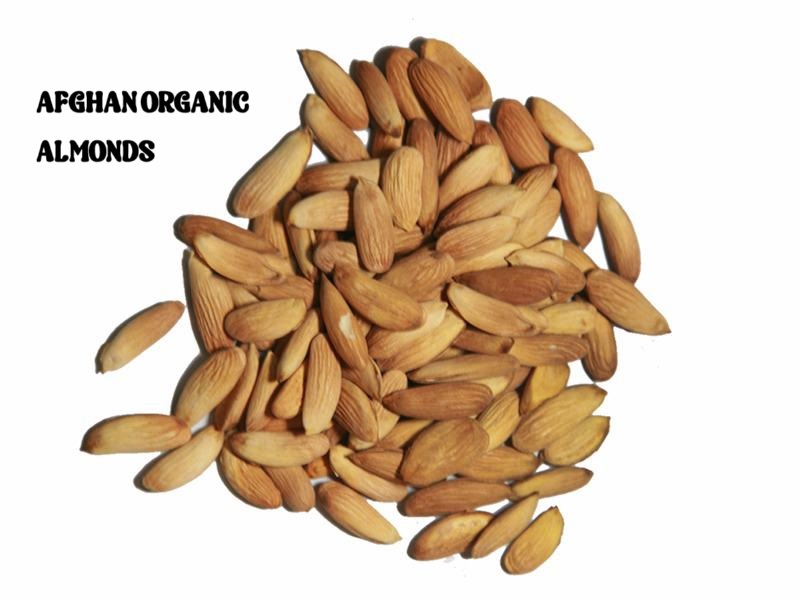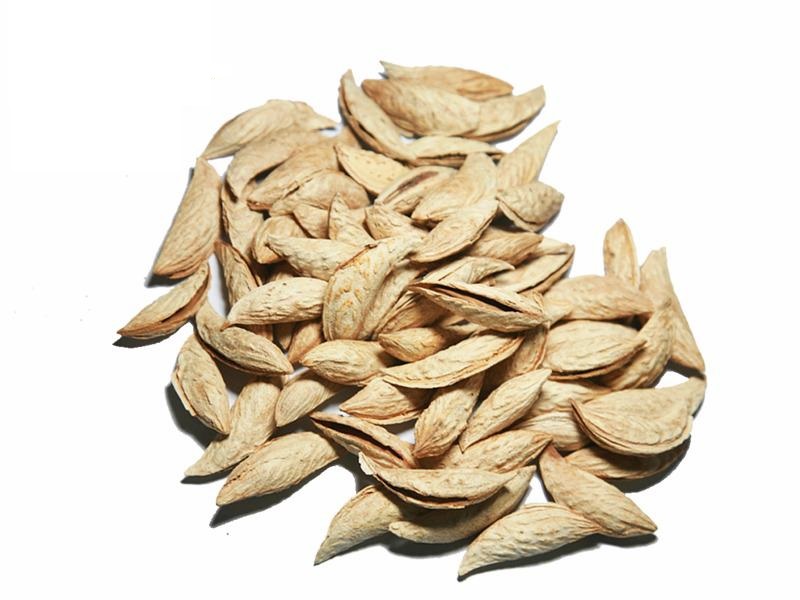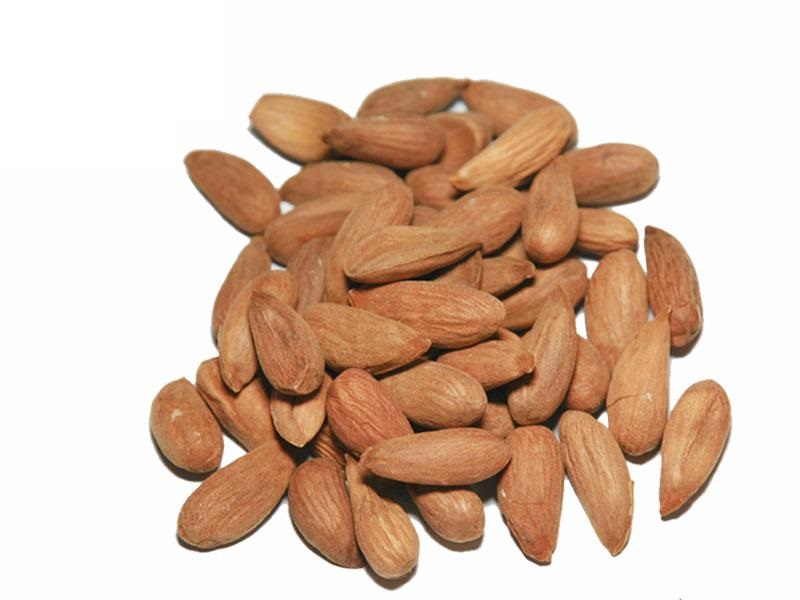AFGHAN ALMOND
Afghan ALMOND nuts (oily) with shells & without
Dried fruits are generally rich in fiber and antioxidants.
All our packs are hygienically packed and packed in food safe material
Store in a cool, dry place in an airtight container and preferably refrigerate after opening Fresh almonds that are hygienically packed in facility meeting Fassi food safety standards.
In Afghanistan, almond is the most important nut grown in the regions of Kondoz, Takhar, Balkh, Baghlan, Heart and especially the Samangan regions. It is a very valuable exporting crop, which is in demand mostly in Pakistan and India. Unlike pistachio, the growers with budded nursery trees established almond orchards. The orchards are generally irrigated. Paper shell genotypes are generally most accepted by the farmers and they are preferred by the domestic and export markets. Almost all the almond genotypes are native. Generally, the orchards are solid but in some places, the trees were planted on the borders of grain fields. It is a source of richness for Afghanistan, but there is a need to study them and find out the highest yielding, late flowering, and highest quality genotypes. In our study, we attempted to characterize almond genotypes of Afghanistan. Trained local horticultural technicians collected Sixty-seven almond genotypes from different provinces. The collected samples were supposed to be the best ones in their areas. The samples were brought to Cukurova University, Adana, Turkey for pomological, fat, and fatty acid analysis. The nuts are generally white in color, most of the genotypes are paper shell and two of them have more than two g kernel weight. There were selections having more unsaturated fat than other varieties. The almond genotypes reported on in this study show significant variation for the horticulturally important traits tested; and, therefore have important potential for almond breeders worldwide.









